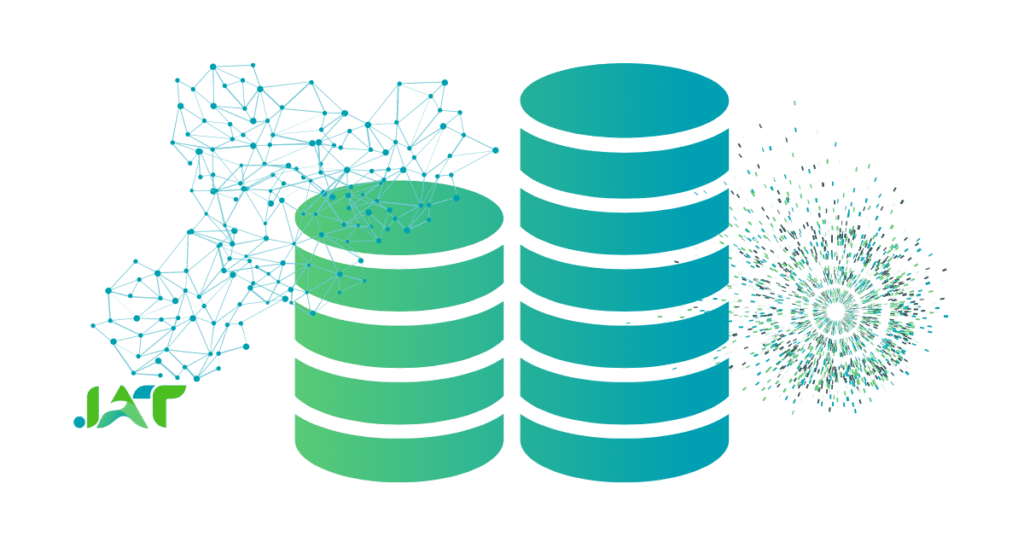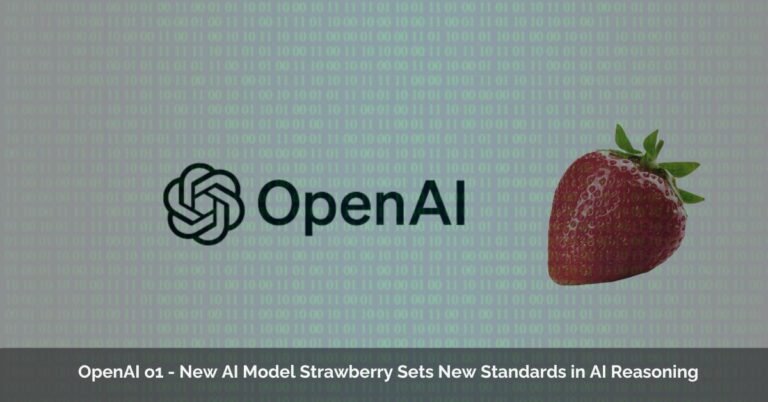Navigating the Vector Database Maze: Pinecone vs Chroma
The world of data is vast and ever-evolving. As we delve deeper into artificial intelligence and machine learning, new tools emerge to manage the complexities of this information. Vector databases are one such innovation, specifically designed to store and retrieve information represented as multidimensional vectors. These vectors act like unique fingerprints for your data, enabling lightning-fast similarity searches and other advanced operations.
But when it comes to choosing a vector database, two prominent names arise: Pinecone and Chroma. Both offer robust functionalities, but they cater to slightly different needs. So, how do you pick the champion for your project?
Let’s break down the key features, use cases, and considerations to help you make an informed decision.
Pinecone: Speed Demon with Managed Ease
Pinecone shines in the realm of real-time search. Imagine searching through a massive image library – Pinecone can find similar images in a blink, making it ideal for applications like product recommendations and personalized search engines.
Furthermore, Pinecone boasts impressive scalability. As your data volumes skyrocket, Pinecone seamlessly expands to accommodate your growing needs. Plus, it’s a managed service, meaning you don’t have to worry about infrastructure setup or maintenance – a huge advantage for teams seeking a hassle-free experience.
The cherry on top? Pinecone offers a free tier, allowing you to experiment with the platform and see if it fits your project before committing. However, Pinecone is not open-source, and its querying capabilities are more basic compared to its competitor.
Chroma: Open-Source Powerhouse for Flexibility
Chroma takes a different approach, offering an open-source platform that grants you complete control over your data. This flexibility empowers you to customize queries and perform complex data manipulations, making it a valuable tool for research and development projects involving vector data.
Another perk of Chroma is its local testing capabilities. Setting up Chroma on your local machine is a breeze, allowing you to experiment and prototype applications before deploying them to a larger scale.
While Chroma can scale, it might not keep pace with Pinecone for exceptionally large datasets. Additionally, managing the infrastructure falls on your shoulders, which requires some technical expertise. Finally, Chroma doesn’t currently offer a free tier like Pinecone.
Choosing Your Vector Database Champion
Ultimately, the victor in the Pinecone vs. Chroma battle depends on your project’s specific requirements. Here’s a cheat sheet to guide your decision:
- Choose Pinecone if: You prioritize real-time search, high scalability, and a user-friendly managed service.
- Choose Chroma if: You value open-source flexibility, require powerful querying capabilities, or want to test locally during development.
Ultimately, the best vector database is the one that aligns with your specific needs and project requirements. Take some time to explore both Pinecone and Chroma, and don’t be afraid to experiment to see which one feels like the perfect fit for your data adventure!
Conclusion
Pinecone excels in speed and managed services, while Chroma offers open-source flexibility and powerful querying. Identify your project’s needs and choose the champion that empowers you to unlock your data’s potential. The right vector database can be your secret weapon for data management!

























